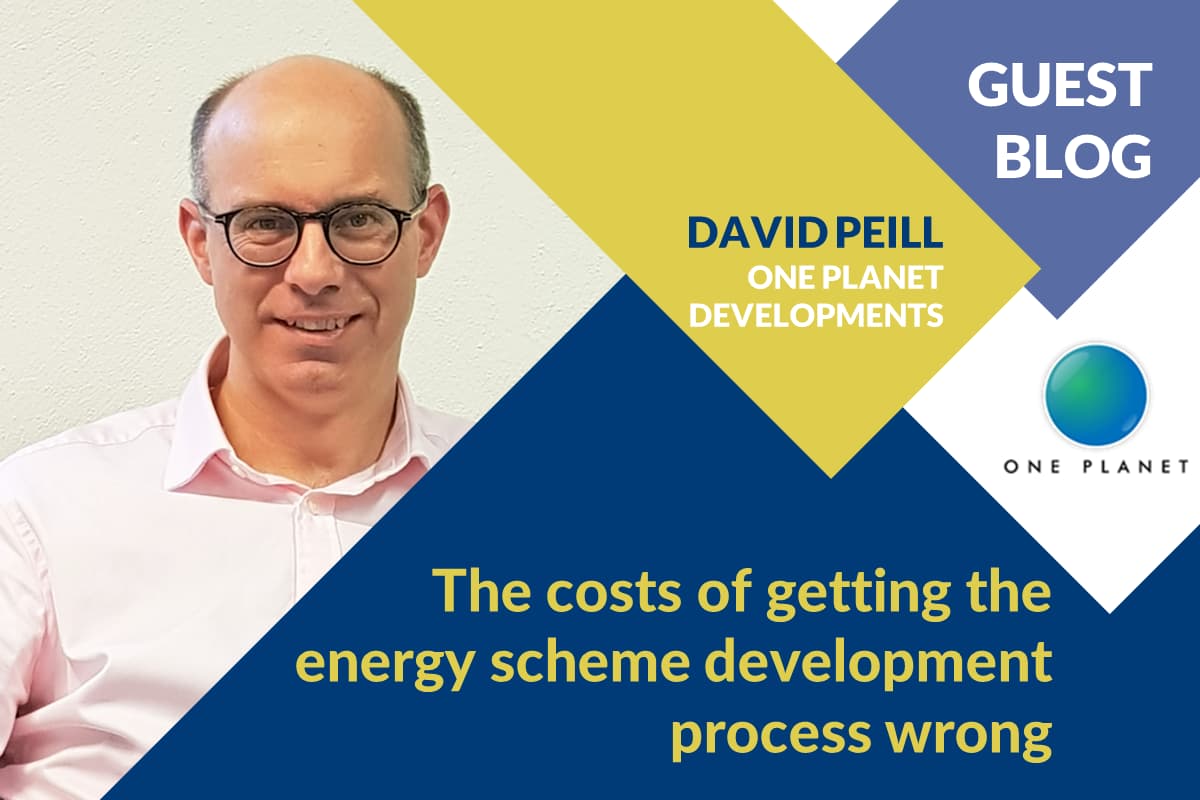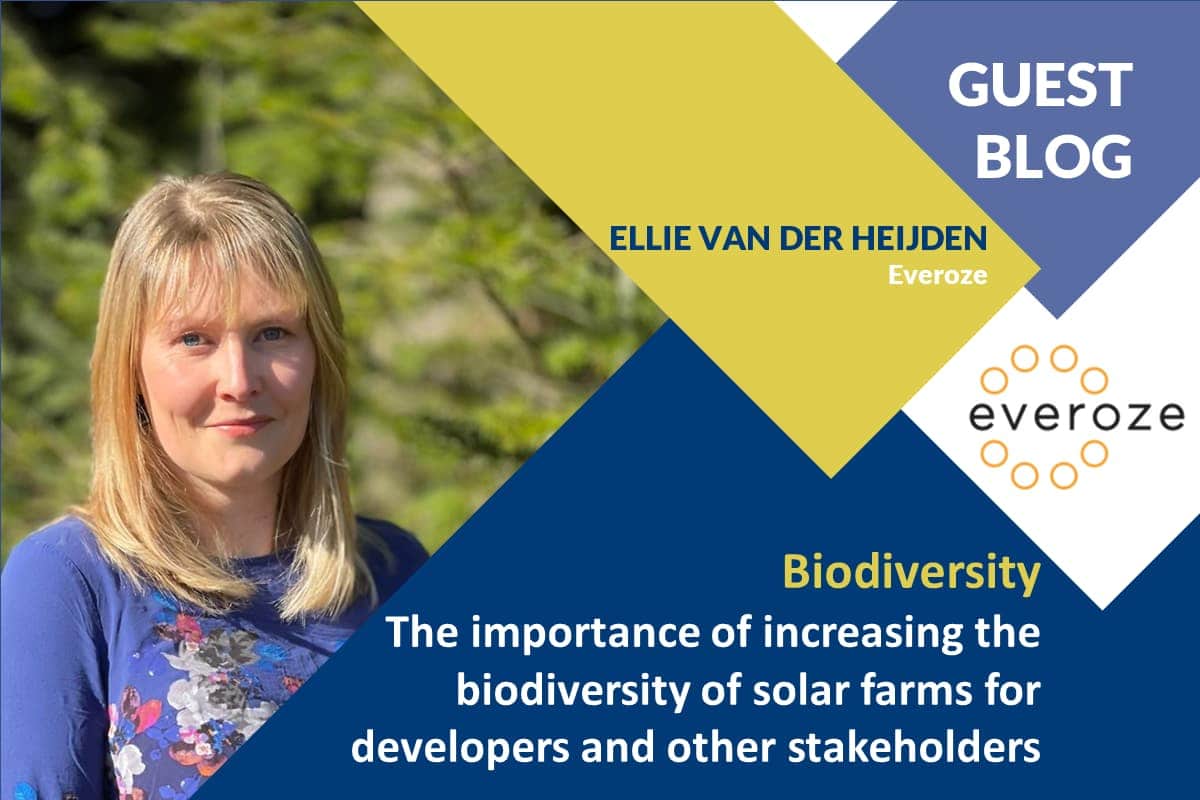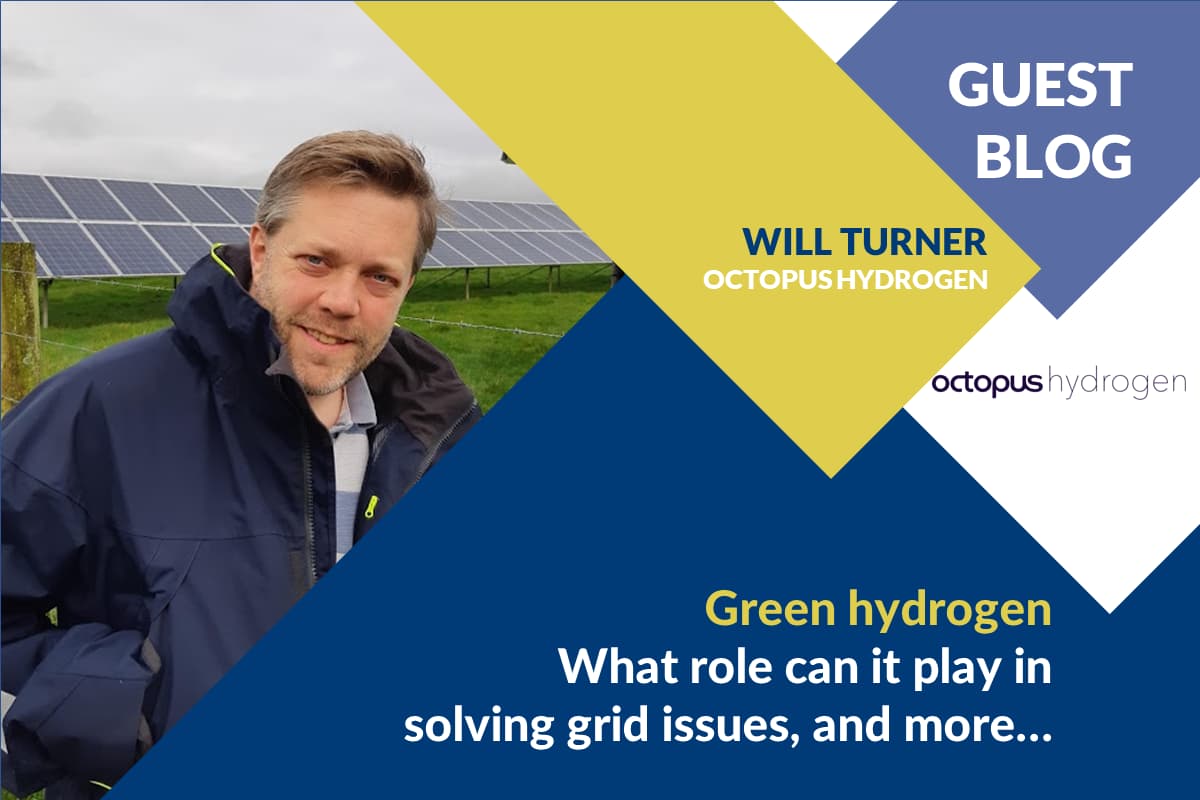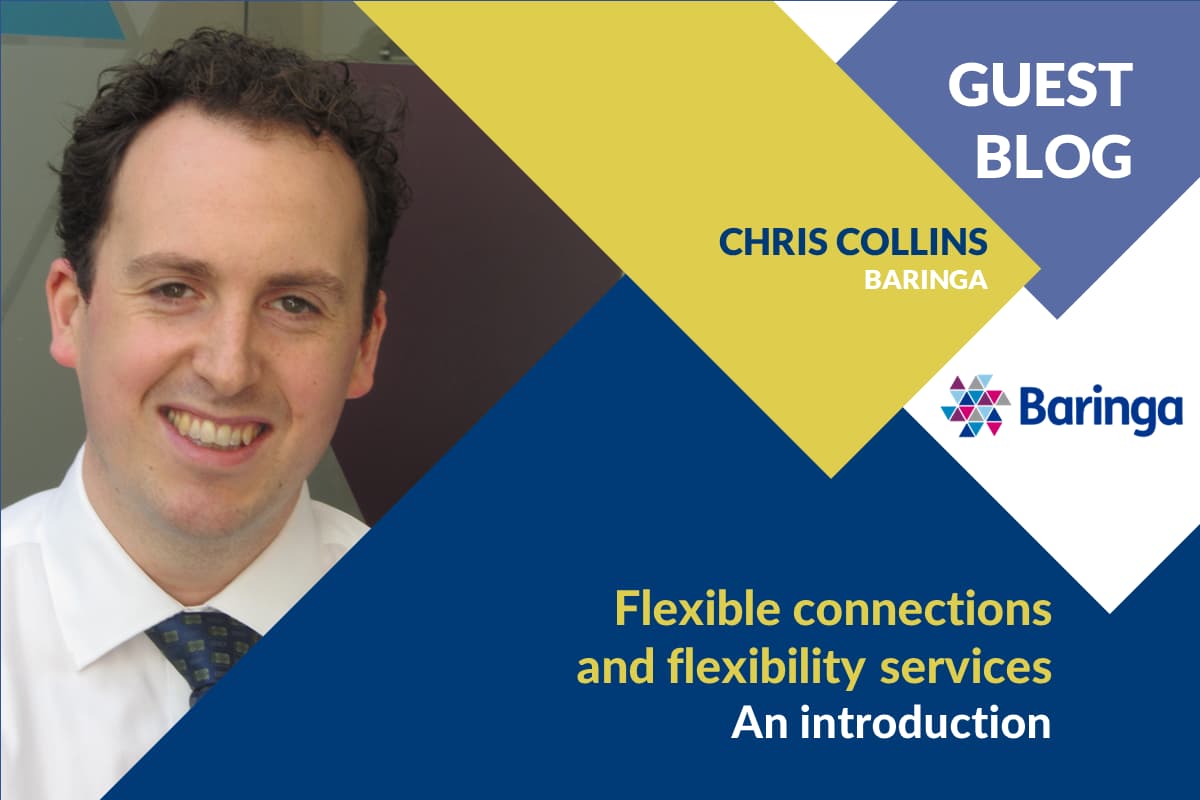The costs of getting the energy scheme development process wrong
The attrition rate of large-scale energy projects is very high. From finding sites through to selling shovel-ready schemes and energisation, many developers will be aborting schemes and/or suffering financial losses for various reasons.
Hugh Taylor spoke to David Peill, Commercial Director at One Planet Developments, to drill down into the costs and losses. David has a deep understanding of how and when development spend accrues, having been involved in hundreds of utility-scale generation and storage projects from origination to energisation, and beyond.
Hugh: Hi David. Please can you tell us a bit about yourself and One Planet?
David: I spent the first decade of my career in the commercial property world with Savills and then in property fund management. I entered the renewables industry in 2012. Since then, I have been focused on large-scale solar development and, more recently, energy storage development. I was one of the first team members of the British Solar Renewables Group (BSR) and ran their development platform as Commercial Director from the company’s inception up until 2019. At BSR, I oversaw the promotion, construction, funding and investment of over 650MW of solar and energy storage assets.
In 2020 I joined One Planet Developments, which at the time was a recently formed start-up. Since then we have raised significant capital and are developing a 1.3GW pipeline of solar and energy storage projects. We would like to think we are one of the most professional and experienced early-stage developers in the UK, focused on taking projects from inception through to ready to build (RTB) stage. We have recently also expanded our scope and are currently helping a FTSE Listed company build out a 20MW solar park.
Hugh: Thanks David. We know that, across the market, a successful connection application is made for less than 20% of prospective sites. Can you give us an idea of the origination investment that a developer would make up to a connection offer being issued by a DNO – and so the typical write-downs that developers are suffering some 80% of the time?
David: I’m not sure the connection offer success rate is even as high as 20% as finding viable sites has become ever more challenging.
The origination investment will depend on how developers go about finding sites. Some developers will use third parties to source land while some will do it in-house. In any event, the resource and staff cost alone in site finding is significant.
On top of that there is the grid connection application fee and any grid consultancy fee. Grid applications are getting more complicated, so it’s unlikely now that developers do that part themselves unless they are a large developer with in-house resource. We like to use external professional grid experts from the outset to keep our attrition rates low.
Putting those elements together, it costs upwards of £20,000 per project to establish if a grid connection is viable. That assumes that a developer takes the risk of making a grid application ahead of any formal legal contracts or agents fees being in place.
Hugh: How do you recommend developers minimise abandoned projects, and the associated write-offs, up to the connection offer acceptance decision-point?
David: Our key approach is to be very disciplined about site selection. While no-one likes walking away from a site, it’s much better and easier to walk away at an early stage rather than after several 10s or even 100s of thousands of pounds have been invested in a project.
Firstly, to state the obvious, choose good sites! In the frenzy of the last two or three years, that has often been overlooked. Having a good grid offer on a piece of land that’s never going to get planning is not a good grid offer.
Minimising write-offs is an accumulation of the constituent parts that make up a good site, with planning and grid being the most important. This comes back to the point I made about using appropriate professionals from the outset.
I’d suggest having a feasibility study and then a grid application carried out by appropriate experts. We know that the publicly available grid information is always very out of date, inaccurate and therefore entirely unreliable. Grid heat maps are designed to do a job, but finding grid isn’t that job.
Next, don’t take the cost of connection offers at face value. Have the offer expertly reviewed to identify errors and omissions on the DNO’s part – which does happen – before you accept or walk away. Constraints are a huge part of grid offers these days, and some developers are not appreciating the commercial realities and risks of these.
Strategic planning is also a key element to minimising having to abort projects. Depending on how the developer is funded, they will need to operate within different time horizons and target returns. There is little point in a developer who is backed by an investor who is seeking an exit within, say a three to five year period, pursuing a development site that can’t be connected for 10 years.
One Planet Developments is fortunate to be supported by long term patient capital which allows us to look strategically at projects. In fact, we are keen to partner with other developers who have viable projects that fall outside of their investor’s time horizons.
Hugh: There is a high cancellation rate for projects after offer acceptance. Whether a scheme cancels in this phase because of planning, land or grid issues, what are these costs and how high can they stack up?
David: A large proportion of early-stage costs are professional fees including lawyers, agents, planning consultants, grid consultants and environmental consultants. Most projects will also include an Option payment to the landowner when the Option to Lease is signed. Add that all together and it ultimately makes the grid deposit look small.
There’s also a bit of a misunderstanding within the industry about the expectation that if you cancel a project, you will get most of your grid deposit back. This is because, if you genuinely think you’ve got a good project, by the time you’ve got to the point where you realise it’s not good, the DNO will have probably (and correctly) spent most of the money on the initial design and the Statement of Works application.
To professionally take say a 50MW solar project through planning is going to cost somewhere between £300,000-400,000 of external costs alone. Add in further grid payments and the possibility of grid securities and the abort costs could be even higher. So, if you’ve got all the way through planning and get refused, and then also fail at appeal, there’s a risk that a capital investment of £400K is lost alongside opportunity cost of the time taken to develop the project. Not many projects get that far and then fail, but some sadly do, and sometimes one wonders why they have been promoted in the first place.
Hugh: How do you go about minimising these massive write-offs?
David: Essentially, the key measure that should be taken along the whole journey is de-risking. Focus on identifying, dealing with and mitigating those risks as early as possible. Each project will have different risks at different stages, so projects must be moved forwards at different speeds and in different ways to minimise any kind of write-off.
Seasoned developers know which elements of a project must be dealt with first before moving to the next stage but all developers ultimately have to take risks to get projects through. So sadly, occasionally failures do happen.
Again, working with appropriate professional consultants is important to minimise failure. They will review and give you an opinion on the situation, be that the grid offer, the likelihood of planning, restrictive covenants or legal, access, easements and timing issues. All of those need to be reviewed.
So, for example, your team, Hugh, have deep grid expertise, and most of the developer community do not have that depth of knowledge. We understand the grid system, but we’re not grid experts. How many developers are going to sit down and forensically read a 50 page grid offer? I suspect a lot of people will read the first few pages, get either very excited or very disappointed and not get to the bottom of page 10 where there’s something that really messes it up, or a mistake or important omission – which is frequent.
We commission grid reviews to summarise the offer in layman terms and then we can then make a commercial decision.
Hugh: Assuming a project does make it to financial close, how are exit valuations calculated and what are the key measures that should have been taken along the way to maximise exit valuations?
David: Development rights are calculated relative to the investment returns being sought by the buyer. The greatest impact levers to the value of a solar project are the irradiance levels and grid connection costs. In energy storage, it’s mainly the grid connection costs and the locational specifics of the connection point that are the swing factors of value. The other significant impact on value is the connection date, with near term dates commanding a significant premium to more distant connection dates where a connection may be conditional on the completion of reinforcement works.
Anything that can be done to bring development costs down will have a direct positive impact on the net value of development rights. Therefore, if a consultancy can support us in reducing any costs or accelerating a grid connection then that’s a huge help. Making the grid connection cost more effective (such as by reducing non-contestable costs) and mitigating against curtailment risk, for example, would have a commensurate impact on the value of any project.
Abnormal running, security of supply and how many outages a project have are important issues to address. In such a bullish market, there is a danger that buyers are turning a blind eye. If a viable grid offer comes through, the likelihood is a developer will take it. If the project is being bought by an infrastructure fund who are going to own that scheme for a very long time, they should get the connection offer thoroughly checked and valued.
We have used Roadnight Taylor for such due diligence on the buy side and also had our homework marked, so to speak, by yourselves when you’ve acted for purchasers of our projects and we’re pleased our projects have successfully passed the Roadnight Taylor interrogation to date.
Contact
For more information on One Planet Developments, please contact David at david.peill@oneplanet.ltd





